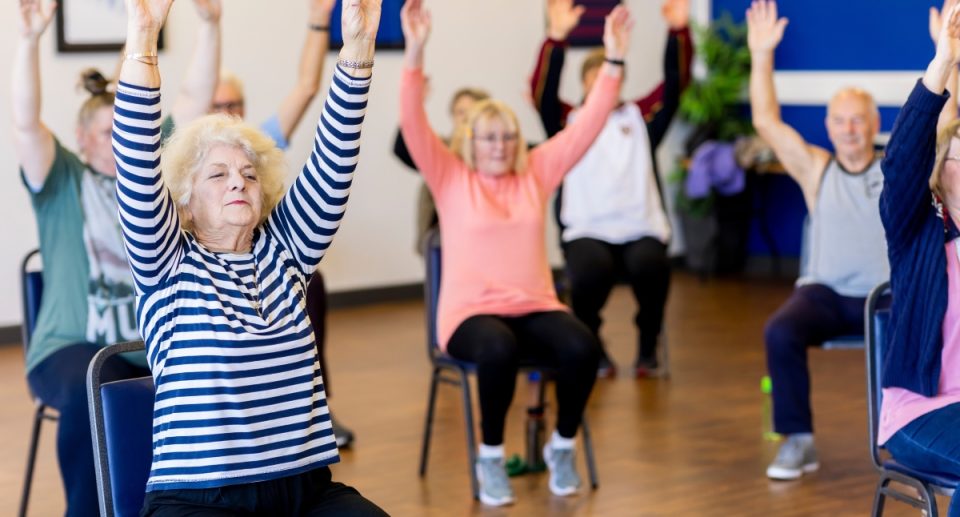
Maintaining physical health becomes increasingly important as we age. Regular exercise can help seniors stay fit, improve balance, and enhance overall well-being. However, it’s essential to choose gentle exercises that are gentle on the joints while still providing significant health benefits. Low-impact exercises are ideal for this purpose, as they reduce stress on the body while offering a range of benefits. This blog post will explore some excellent low-impact exercises for seniors, focusing on Tai Chi and other effective activities.
1. Tai Chi: The Gentle Art of Movement
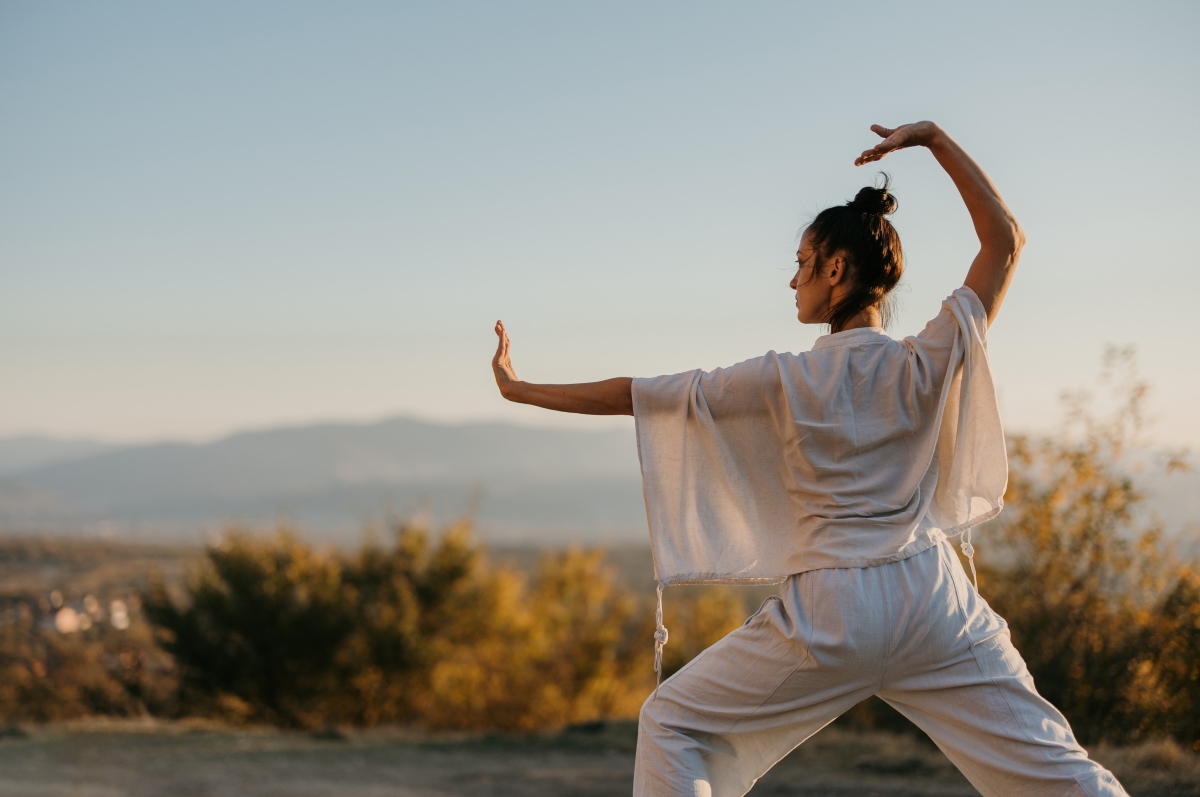
Tai Chi is a traditional Chinese martial art known for its slow, deliberate movements and deep breathing techniques. It is often described as “meditation in motion” because it focuses on mindfulness and relaxation. Here’s why Tai Chi is particularly beneficial for seniors:
- Improves Balance and Stability: Tai Chi involves a series of gentle, flowing movements that help strengthen the muscles used for balance. This can reduce the risk of falls, a common concern among older adults.
- Enhances Flexibility and Range of Motion: Tai Chi’s slow, controlled movements help improve joint flexibility and increase range of motion, making everyday activities easier and more comfortable.
- Reduces Stress and Anxiety: Tai Chi’s meditative aspect promotes relaxation and can help alleviate stress and anxiety. This can lead to better mental health and overall well-being.
- Boosts Cardiovascular Health: Although low-impact, Tai Chi provides a cardiovascular workout that can improve heart health and circulation.
To start with Tai Chi, consider joining a local class or following online tutorials designed for beginners. Many senior centers and community organizations offer Tai Chi classes for older adults.
2. Walking: Simple Yet Effective

Walking is one of the easiest and most accessible forms of exercise for seniors. It can be done almost anywhere and requires no special equipment. Here’s why walking is a great low-impact exercise:
- Supports Cardiovascular Health: Regular walking can help lower blood pressure, improve circulation, and reduce the risk of heart disease.
- Promotes Weight Management: Walking helps burn calories and can aid in maintaining a healthy weight.
- Boosts Mood: A walk in the fresh air can lift your spirits and improve your mental health. The rhythmic nature of walking can also be meditative and calming.
For optimal benefits, aim for brisk walks of at least 30 minutes daily, several times a week. If you’re starting, begin with shorter walks and gradually increase your distance and pace.
3. Swimming: A Full-Body Workout

Swimming is a fantastic low-impact exercise that offers a full-body workout. The buoyancy of the water reduces the impact on your joints, making it an excellent choice for those with arthritis or other joint issues. Benefits of swimming include:
- Strengthens Muscles: Swimming engages various muscle groups, helping to build strength and endurance without straining the joints.
- Improves Cardiovascular Health: Swimming raises your heart rate and enhances cardiovascular fitness, similar to other aerobic exercises.
- Enhances Flexibility: The range of motion required in swimming strokes helps improve flexibility and joint mobility.
If you can access a pool, consider incorporating swimming or water aerobics into your routine. Many community centers and gyms offer water-based exercise classes for seniors.
4. Chair Exercises: Convenient and Effective
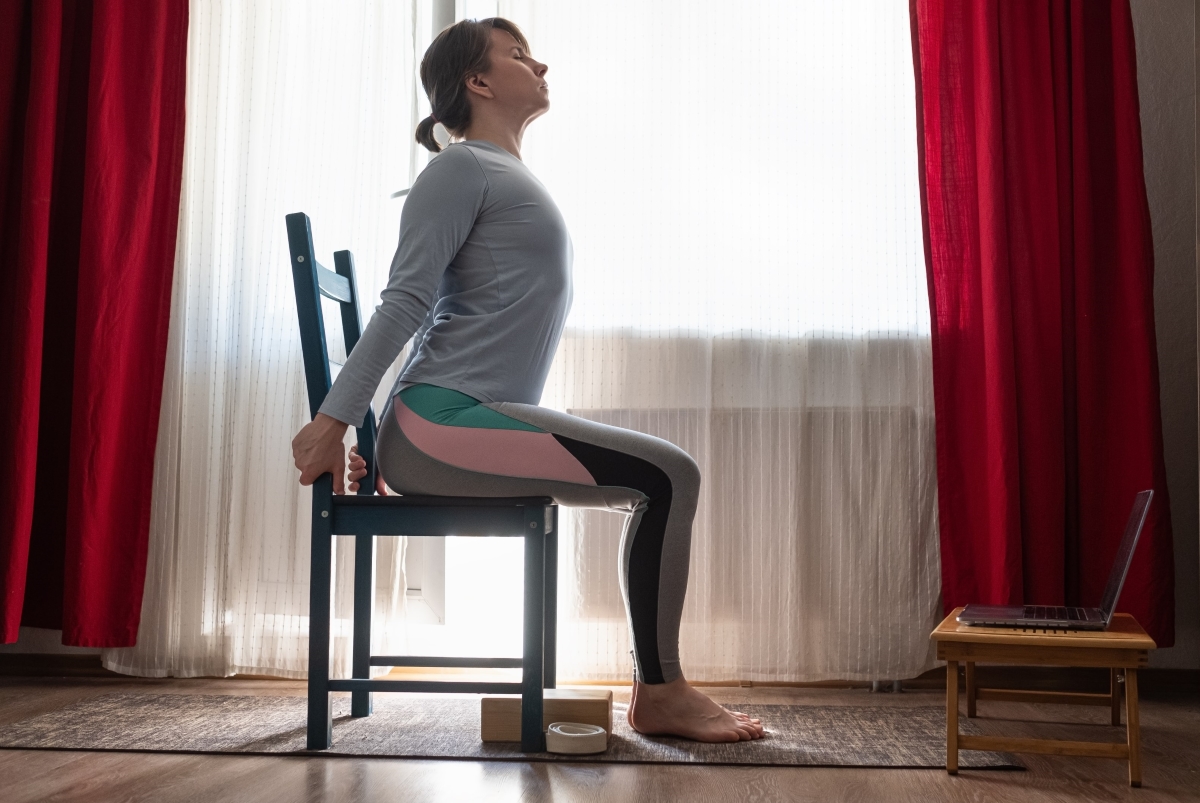
Chair exercises are an excellent option for seniors with mobility issues or who prefer to exercise while seated. These exercises can be done from the comfort of your chair and can help with:
- Improving Strength and Endurance: Chair exercises can target the upper body, lower body, and core, helping to build strength and stamina.
- Enhancing Flexibility: Many chair exercises involve stretching and reaching, which can improve flexibility and range of motion.
- Increasing Circulation: Moving the arms and legs while seated can help boost circulation and prevent stiffness.
Chair exercises include seated leg lifts, arm circles, and seated marches. Many online videos and classes focus on chair-based workouts.
5. Yoga: Gentle and Restorative
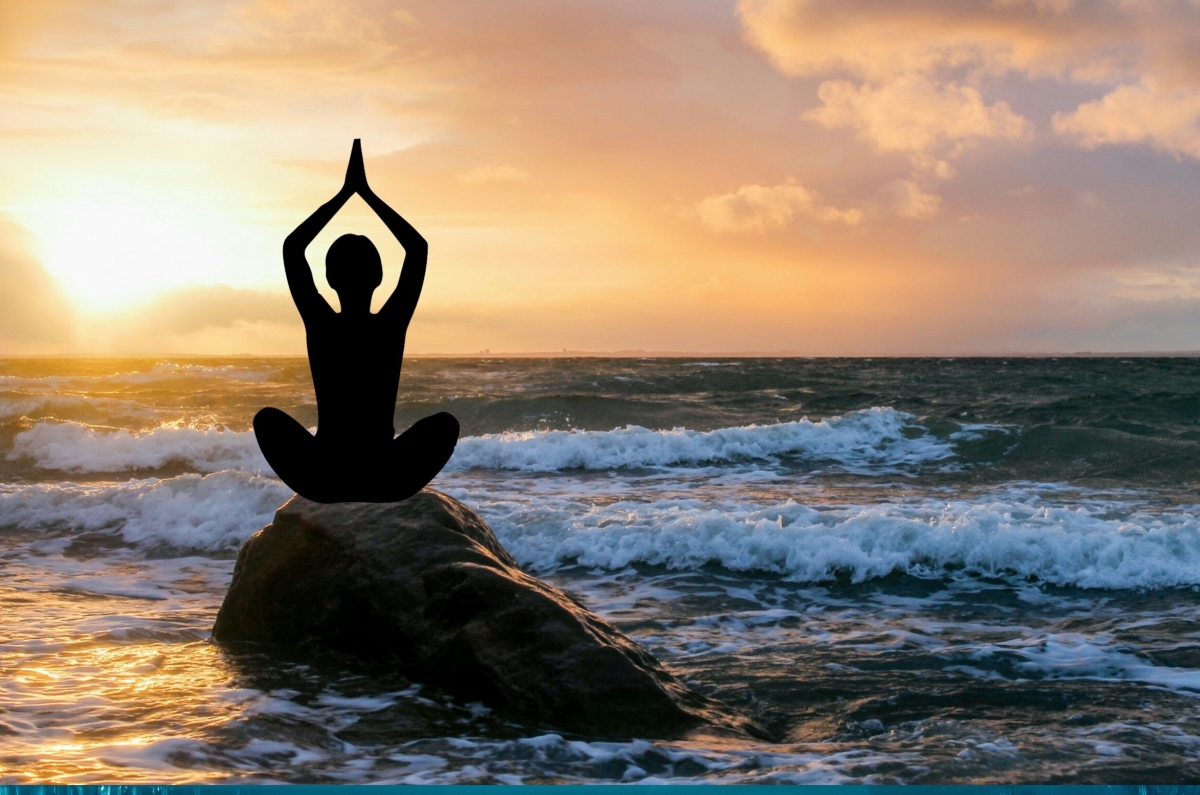
Yoga is a low-impact exercise that combines physical postures, breathing exercises, and meditation. It is known for enhancing flexibility, balance, and relaxation. Benefits of yoga for seniors include:
- Improves Balance and Stability: Many yoga poses focus on balance and core strength, which can help prevent falls.
- Enhances Flexibility: Regular practice can increase flexibility and joint mobility, making everyday movements easier.
- Promotes Relaxation: The breathing techniques and mindfulness aspects of yoga help reduce stress and promote mental well-being.
Look for yoga classes designed for seniors or gentle yoga sessions focusing on basic poses and modifications. Many yoga studios and community centers offer specialized classes for older adults.
6. Strength Training: Building Muscle with Care
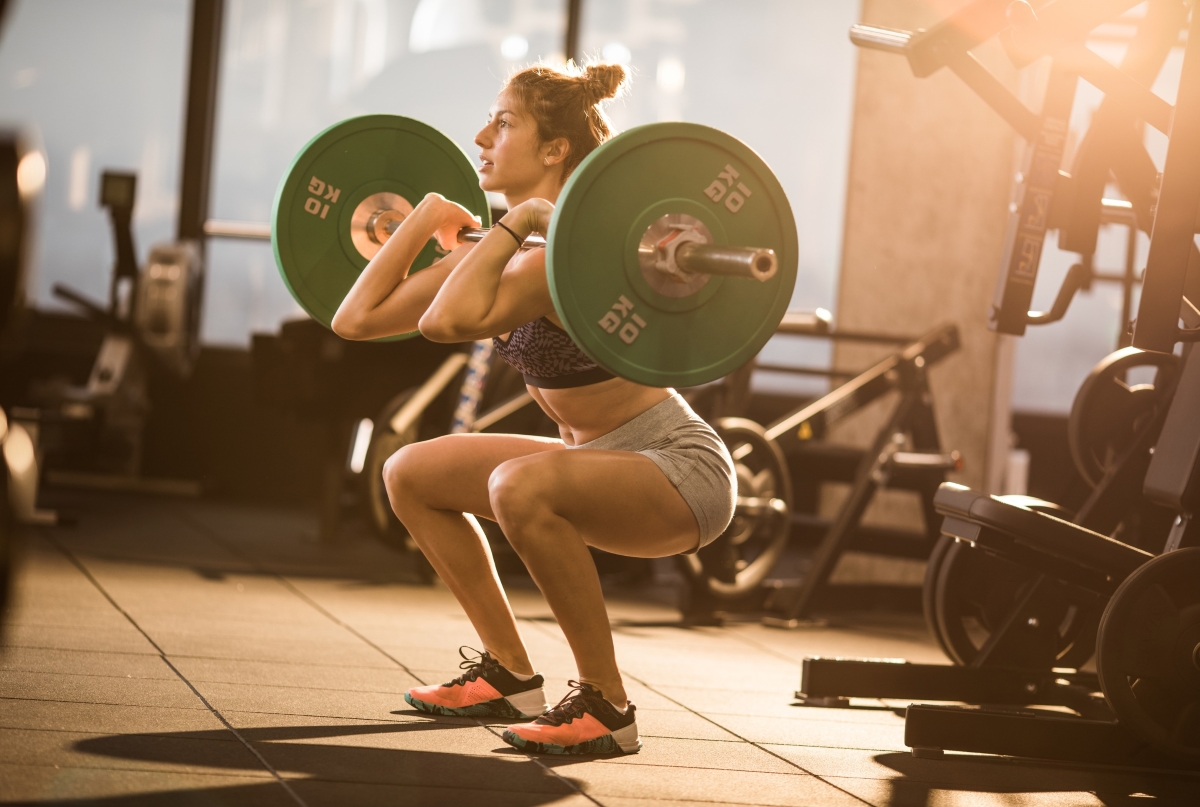
Strength training involves using weights or resistance to build muscle and improve overall strength. For seniors, it’s important to use lightweights and focus on proper techniques to avoid injury. Benefits of strength training include:
- Increases Muscle Mass: Muscle mass naturally decreases as we age. Strength training helps maintain and build muscle, which is important for overall health and functional independence.
- Supports Bone Health: Weight-bearing exercises like strength training can help strengthen bones and reduce the risk of osteoporosis.
- Improves Metabolism: Building muscle can boost metabolism, which helps with weight management and overall energy levels.
Consider using light weights, resistance bands, or bodyweight exercises. Many senior centers and gyms offer strength training classes tailored to older adults.
Conclusion
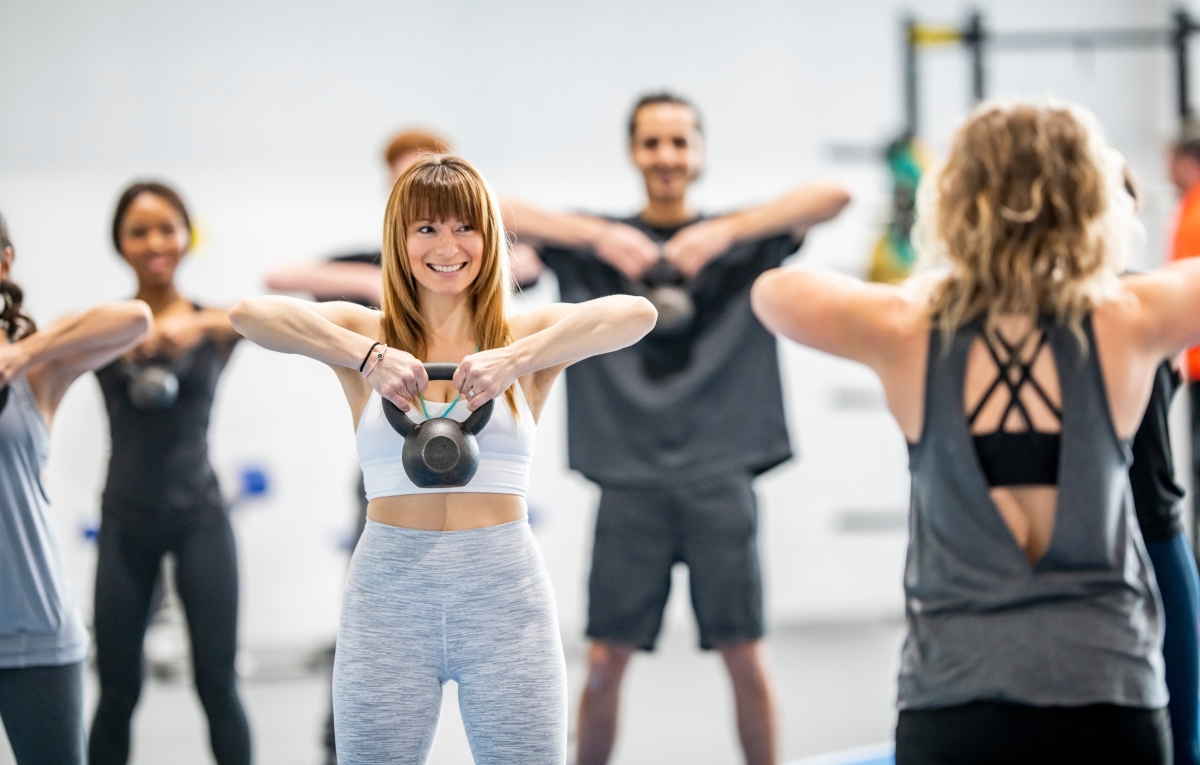
Incorporating low-impact exercises into your routine can profoundly impact your health and well-being. Tai Chi, walking, swimming, chair exercises, yoga, and strength training are all excellent options to help you stay active and healthy as you age. Remember to start slowly, listen to your body, and consult with your healthcare provider before beginning any new exercise program. By choosing activities you enjoy and can comfortably perform, you’ll be well on your way to maintaining a healthy and active lifestyle.
Stay motivated, stay active, and embrace the joy of movement!





